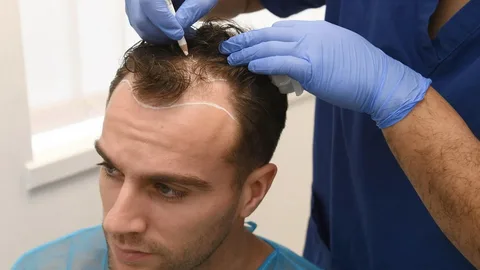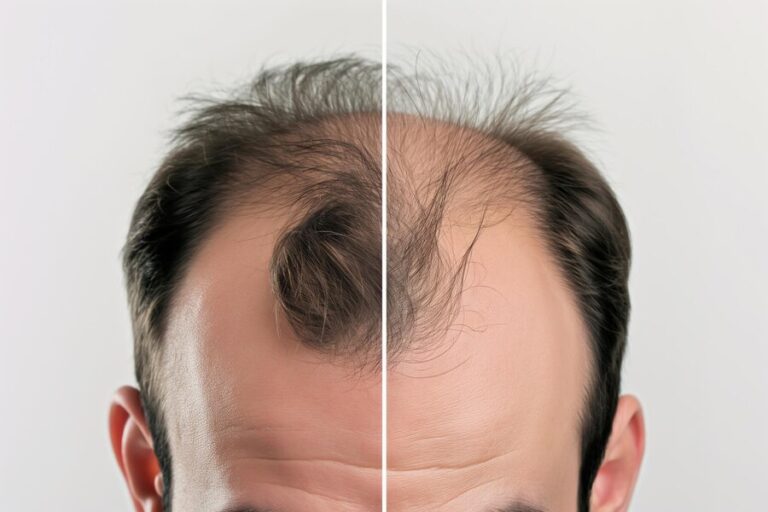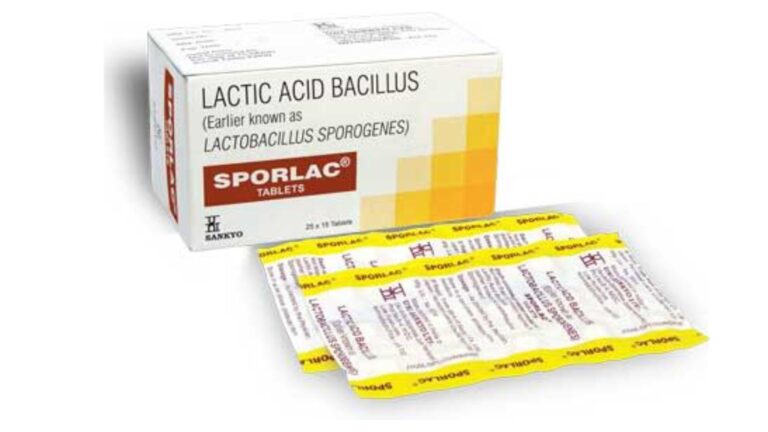Introduction
Knee pain is more than just an inconvenience—it’s a life-altering condition that can limit your ability to enjoy everyday activities. Fortunately, the GCSP Arthritis Knee Pain Center is dedicated to helping patients prevent the progression of knee pain through a comprehensive and personalized approach. In this article, we’ll dive into the various strategies and treatments offered by GCSP that not only alleviate pain but also prevent further damage, helping patients regain control of their lives.
Understanding Knee Pain: Causes and Concerns
Knee pain can arise from various causes, including osteoarthritis, injuries, and other inflammatory conditions. It often begins as a mild discomfort but can escalate if left untreated. The progression of knee pain can lead to reduced mobility, chronic pain, and even the need for surgical intervention. The key to managing knee pain lies in understanding its root causes and addressing them early on.
Common Causes of Knee Pain
- Osteoarthritis: A degenerative joint disease that wears down the cartilage in the knee.
- Rheumatoid Arthritis: An autoimmune disorder causing inflammation in the joints.
- Injuries: Ligament tears, fractures, and meniscus injuries can lead to chronic knee pain.
- Bursitis: Inflammation of the small fluid-filled sacs that cushion the knee joint.
The Impact of Ignoring Knee Pain
Ignoring knee pain can lead to a vicious cycle of damage. As pain worsens, mobility decreases, leading to muscle weakness and further joint deterioration. This can result in a significant decline in your overall quality of life. That’s why early intervention is crucial.
Why Early Intervention Matters
The phrase “a stitch in time saves nine” rings especially true when it comes to knee pain. Early intervention can make the difference between a manageable condition and one that severely limits your daily life. GCSP emphasizes the importance of addressing knee pain at the earliest stages to prevent the condition from worsening.
The Benefits of Early Treatment
- Reduced Pain: Addressing pain early can prevent it from becoming chronic.
- Improved Mobility: Early intervention helps maintain joint function.
- Delay or Avoid Surgery: Treating the issue early may prevent the need for invasive procedures.
GCSP’s Comprehensive Approach to Knee Pain
At the GCSP Arthritis Knee Pain Center, a comprehensive approach is taken to manage and prevent the progression of knee pain. This approach is not one-size-fits-all; instead, it’s tailored to each patient’s unique condition and needs.
The GCSP Philosophy
GCSP believes in treating the whole patient, not just the symptoms. This means looking at all aspects of the patient’s health, lifestyle, and medical history to create a personalized treatment plan. Their goal is to not only alleviate pain but also to prevent it from worsening over time.
Advanced Diagnostic Techniques at GCSP
The first step in any effective treatment plan is an accurate diagnosis. GCSP utilizes state-of-the-art diagnostic techniques to get a clear picture of what’s causing the knee pain.
Key Diagnostic Tools
- MRI and X-rays: Imaging techniques to assess joint damage.
- Ultrasound: Used to detect soft tissue injuries and inflammation.
- Blood Tests: To identify underlying conditions like rheumatoid arthritis.
The Importance of Accurate Diagnosis
An accurate diagnosis is critical for developing an effective treatment plan. By pinpointing the exact cause of the pain, GCSP can target the treatment more effectively, leading to better outcomes for the patient.
Personalized Treatment Plans
Once a diagnosis is made, GCSP creates a personalized treatment plan tailored to the patient’s specific needs. This plan may include a combination of therapies, medications, and lifestyle modifications designed to alleviate pain and prevent further damage.
Customizing Care for Better Results
Every patient’s condition is unique, which is why GCSP takes the time to customize each treatment plan. This ensures that the patient receives the most effective care possible, tailored to their specific condition and lifestyle.
Components of a Treatment Plan
- Medication Management: Using anti-inflammatory drugs or pain relievers.
- Physical Therapy: Strengthening the muscles around the knee.
- Lifestyle Changes: Encouraging weight loss and joint-friendly activities.
Physical Therapy: Strengthening and Stabilizing
Physical therapy is a cornerstone of knee pain management at GCSP. Strengthening the muscles around the knee not only alleviates pain but also helps stabilize the joint, preventing further injury.
The Role of Physical Therapy
Physical therapy helps improve flexibility, strength, and stability in the knee joint. By focusing on these areas, patients can reduce the strain on their knees and improve their overall mobility.
Key Exercises for Knee Pain
- Quadriceps Strengthening: To support the knee joint.
- Hamstring Stretching: To improve flexibility.
- Balance Exercises: To enhance stability and prevent falls.
Innovative Pain Management Solutions
GCSP is at the forefront of innovative pain management solutions. They offer a range of treatments designed to reduce pain and improve the quality of life for patients with knee pain.
Advanced Pain Management Techniques
- Corticosteroid Injections: To reduce inflammation in the knee joint.
- Viscosupplementation: Injection of lubricating fluid to ease joint movement.
- Platelet-Rich Plasma (PRP) Therapy: Using the patient’s own blood to promote healing.
The Future of Pain Management
GCSP is constantly exploring new and innovative ways to manage pain. By staying at the cutting edge of medical research, they can offer their patients the most advanced treatments available.
Patient Education and Lifestyle Modifications
One of the most important aspects of preventing knee pain progression is patient education. GCSP believes in empowering patients with the knowledge they need to take control of their health.
Educating Patients for Better Outcomes
GCSP provides patients with the tools and information they need to make informed decisions about their health. This includes education on diet, exercise, and lifestyle changes that can help prevent knee pain from getting worse.
Key Lifestyle Modifications
- Weight Management: Maintaining a healthy weight to reduce stress on the knees.
- Low-Impact Exercises: Engaging in activities like swimming or cycling.
- Proper Footwear: Wearing shoes that provide good support.
The Role of Regular Monitoring and Follow-ups
Regular monitoring and follow-ups are essential to ensure that the treatment plan is working and to make any necessary adjustments. GCSP is committed to providing ongoing care to help patients manage their knee pain effectively.
The Importance of Follow-up Care
Regular follow-ups allow the healthcare team to track progress and make changes to the treatment plan as needed. This ensures that the patient continues to receive the most effective care possible.
What to Expect During Follow-ups
During follow-up appointments, patients can expect a review of their progress, adjustments to their treatment plan, and additional advice on managing their condition.
Success Stories: Real-Life Examples
GCSP has helped countless patients regain control of their lives by preventing the progression of knee pain. Here are a few success stories that highlight the effectiveness of their approach.
Patient Testimonials
- John’s Story: John was facing the possibility of knee surgery due to severe osteoarthritis. Thanks to the comprehensive care he received at GCSP, he was able to avoid surgery and now enjoys an active lifestyle.
- Mary’s Journey: Mary struggled with chronic knee pain for years. After starting her treatment at GCSP, she experienced significant pain relief and improved mobility.
Conclusion
Knee pain doesn’t have to dictate your life. With the right care and early intervention, you can prevent the progression of knee pain and maintain a high quality of life. The GCSP Arthritis Knee Pain Center offers a comprehensive approach that addresses the root causes of knee pain, provides effective treatment, and empowers patients to take control of their health.
FAQs
1. What is the most common cause of knee pain?
The most common cause of knee pain is osteoarthritis, a degenerative joint disease that results from the wearing down of cartilage in the knee joint.
2. How does physical therapy help with knee pain?
Physical therapy helps strengthen the muscles around the knee, improve flexibility, and enhance joint stability, which can alleviate pain and prevent further injury.
3. Can knee pain be managed without surgery?
Yes, many cases of knee pain can be managed with non-surgical treatments such as physical therapy, medications, and lifestyle changes. Surgery is usually considered only when these options are ineffective.
4. What role does weight management play in preventing knee pain?
Maintaining a healthy weight reduces the stress on the knee joints, which can help prevent the onset or progression of knee pain.
5. How often should I follow up with my doctor if I have knee pain?
Regular follow-ups are important for monitoring your condition and adjusting your treatment plan as needed. The frequency of follow-ups will depend on your individual situation and the severity of your knee pain.







